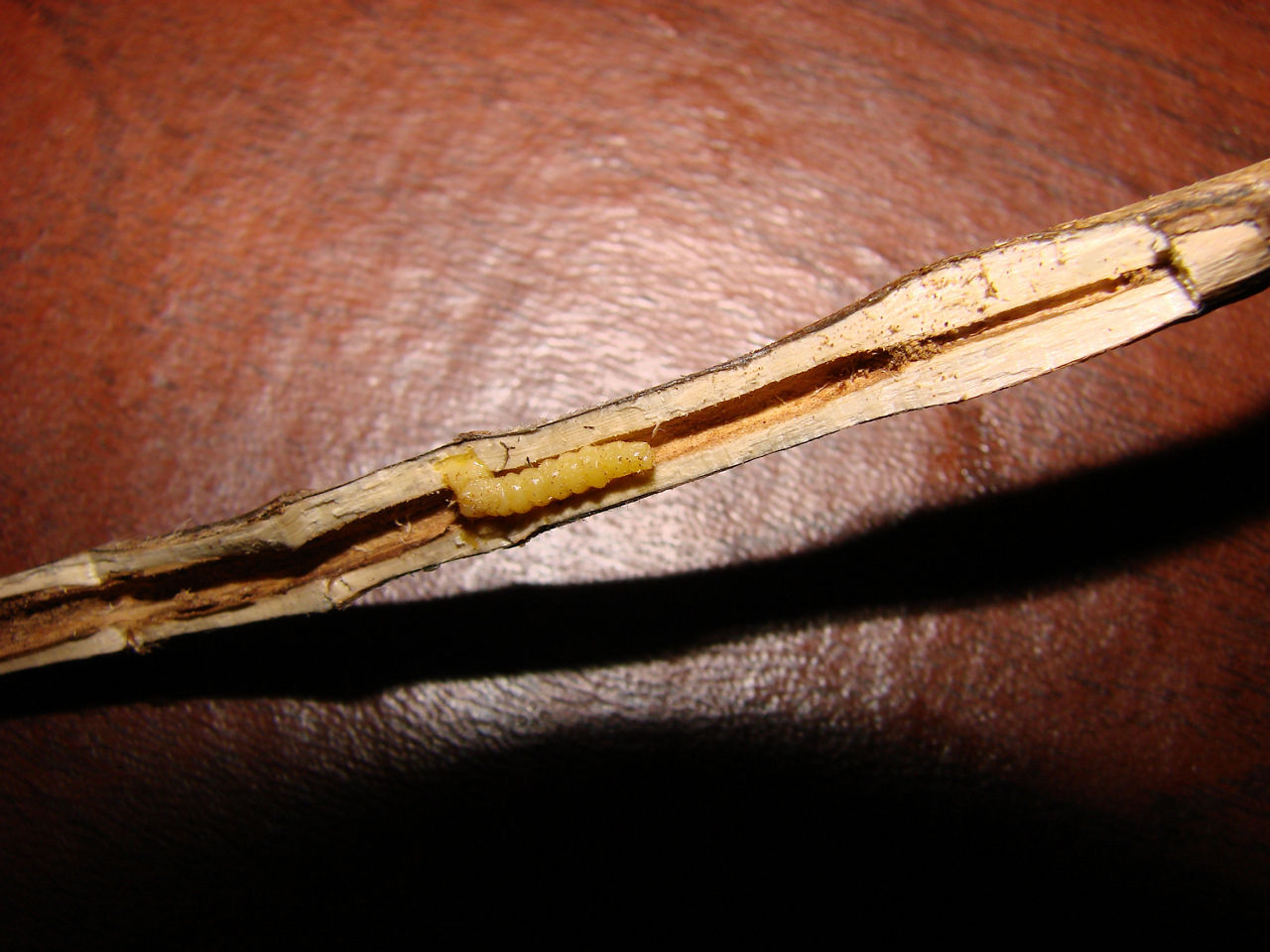Soybean Lodging
June 3, 2024
Summary
- Soybean lodging can reduce yield potential and increase harvest losses.
- Lodging can reduce yield potential by interfering with pod set, pod fill, and by reducing soybean harvestability.
- Selecting soybean products with good standability ratings and avoiding overplanting can help reduce soybean lodging.
Introduction
Lodged soybean plants can reduce yield potential and increase harvest losses. Lodging during vegetative or reproductive growth can disrupt light penetration into the plant canopy and may reduce seed yield potential. Lodging late in the season may reduce harvest efficiency and increase harvest losses. Indeed, harvest losses due to soybean lodging can vary from 3 to 10 percent depending on a variety of factors.1 Pod and stem diseases may also become more problematic on lodged soybean plants.
Soybean Lodging Causes
Moist, fertile soils may increase vegetative growth and can lead to tall, leggy, or rangy plants that are prone to lodging. Increasing the seeding rate may increase soybean yield up to a point, but overplanting—especially planting in narrow rows, or drilling—can encourage lodging by forcing plants to grow taller and slenderer in order to compete with each other for light.
The soybean stem borer (also known as the Dectes stem borer) may also cause soybean lodging. The female beetles deposit eggs into soybean stems at the petioles. When the eggs hatch, the legless, creamy white or yellow larvae (Figure 1) bore into the stem and feed on pith. While minimal injury is caused by larval stem feeding, the larvae will move to the base of the plant stem and hollow out the interior to form an overwintering chamber. The formation of the chamber creates a weak location on the stem where the plants have greater risk of lodging. This type of lodging is typically most severe in earlier-planted soybean plants.
Management
Soybean products differ in their susceptibility to lodging. If lodging has been a problem in the past, consider selecting soybean products with good standability ratings, reducing seeding rates, and using wider row spacing. Planting longer season soybean products later in the season can also help to minimize harvest losses from lodging if Dectes stem borer has been a concern.2,3 Soybean cyst nematode (SCN) resistant soybean products can also be less susceptible to lodging compared to SCN susceptible products.4

Harvesting Lodged Soybean
Combines should be carefully adjusted to help minimize harvest losses (Figure 2). Always refer to the manufacturer’s manual before performing any maintenance. Adjustments and operating techniques include:
- Maintain a ground speed of 3 miles per hour or less.
- Position the cutter bar as close to the ground as possible.
- Set the speed of the reel to run 25 percent faster than the ground speed. If soybean plants have considerable lodging, increase the reel speed up to 50 percent faster than the ground speed.
- Position the reel axle 6 to 12 inches ahead of the cutter bar. Ideally, the reel should leave the soybean plants just as they are being cut. Set the height of the reel just low enough to control the soybean plants. In lodged conditions, operate the reel as low as necessary to pick up the plants.

Sources
1Holshouser, D. 2015. Lodging and it’s Effect on soybean yield. Virginia Cooperative Extension, Virginia Ag Pest and Crop Advisory. https://blogs.ext.vt.edu/ag-pest-advisory/lodging-and-its-effect-on-soybean-yield/
2Timmerman, A., Nygren, A., VanDeWalle, B. et al. Insects: Soybean stem borer. University of Nebraska–Lincoln Extension, CropWatch. https://cropwatch.unl.edu/soybean-management/insects-soybean-stem-borer
3Hamby, K., Leslie, A., and Owens, D. 2022. Dectes stem borer management in soybeans. University of Maryland Cooperative Extension. FS-1196. https://extension.umd.edu/extension.umd.edu/sites/extension.umd.edu/files/publications/DectesStemBorerManagementInSoybeans_FS-1196-ada.pdf
4Staton, M. 2023. Reducing soybean harvest losses. Michigan State University Extension. Bulletin E3487. https://www.canr.msu.edu/resources/reducing-soybean-harvest-losses
1314_60141